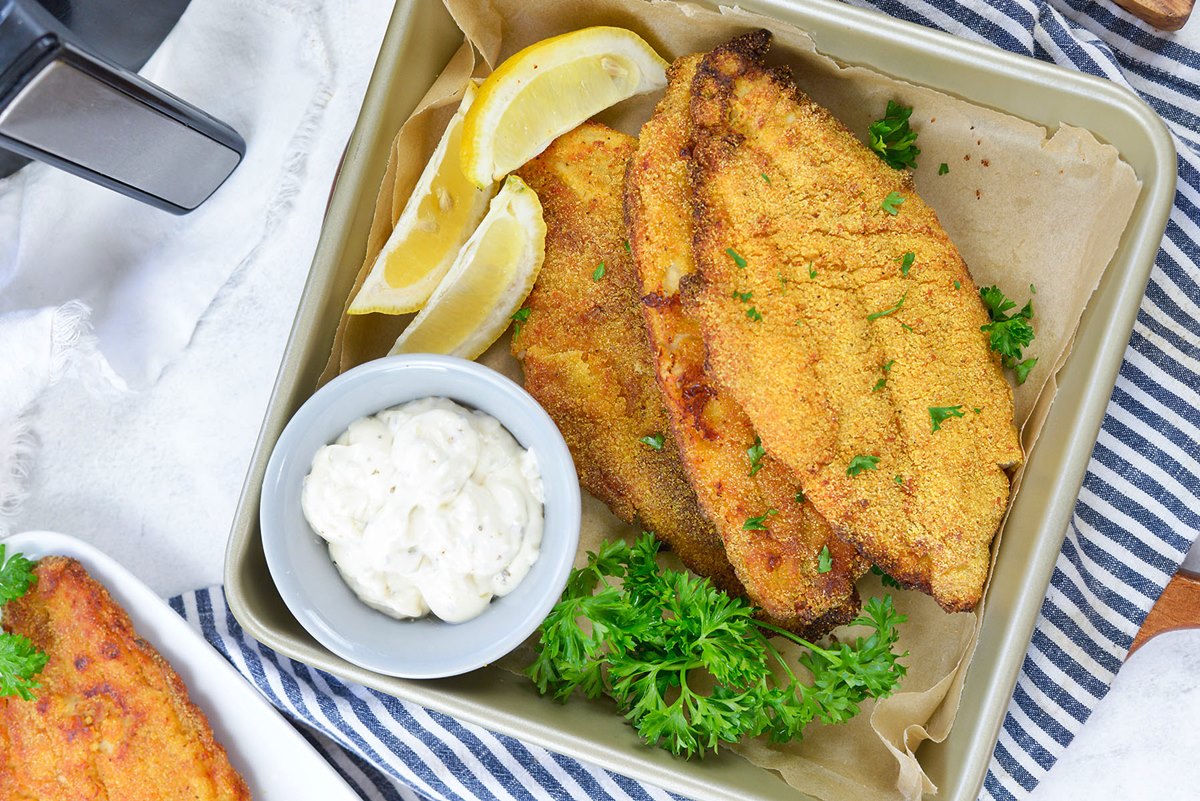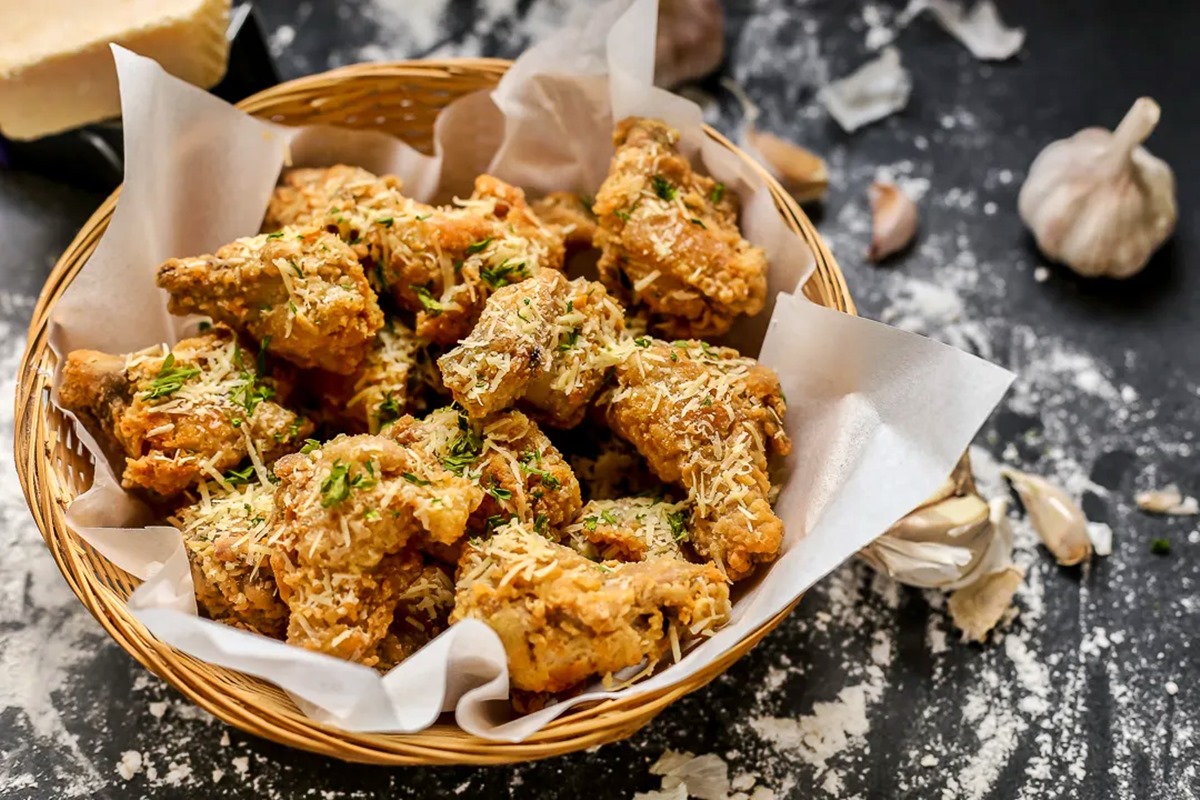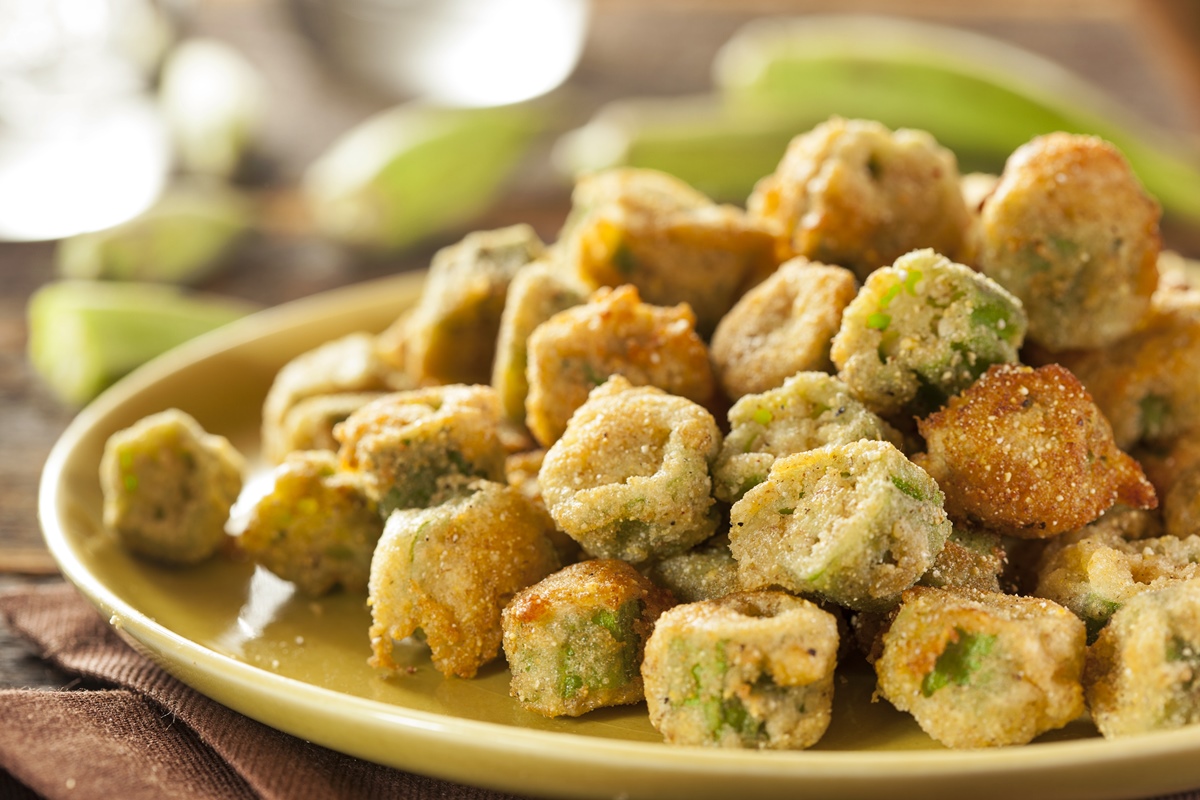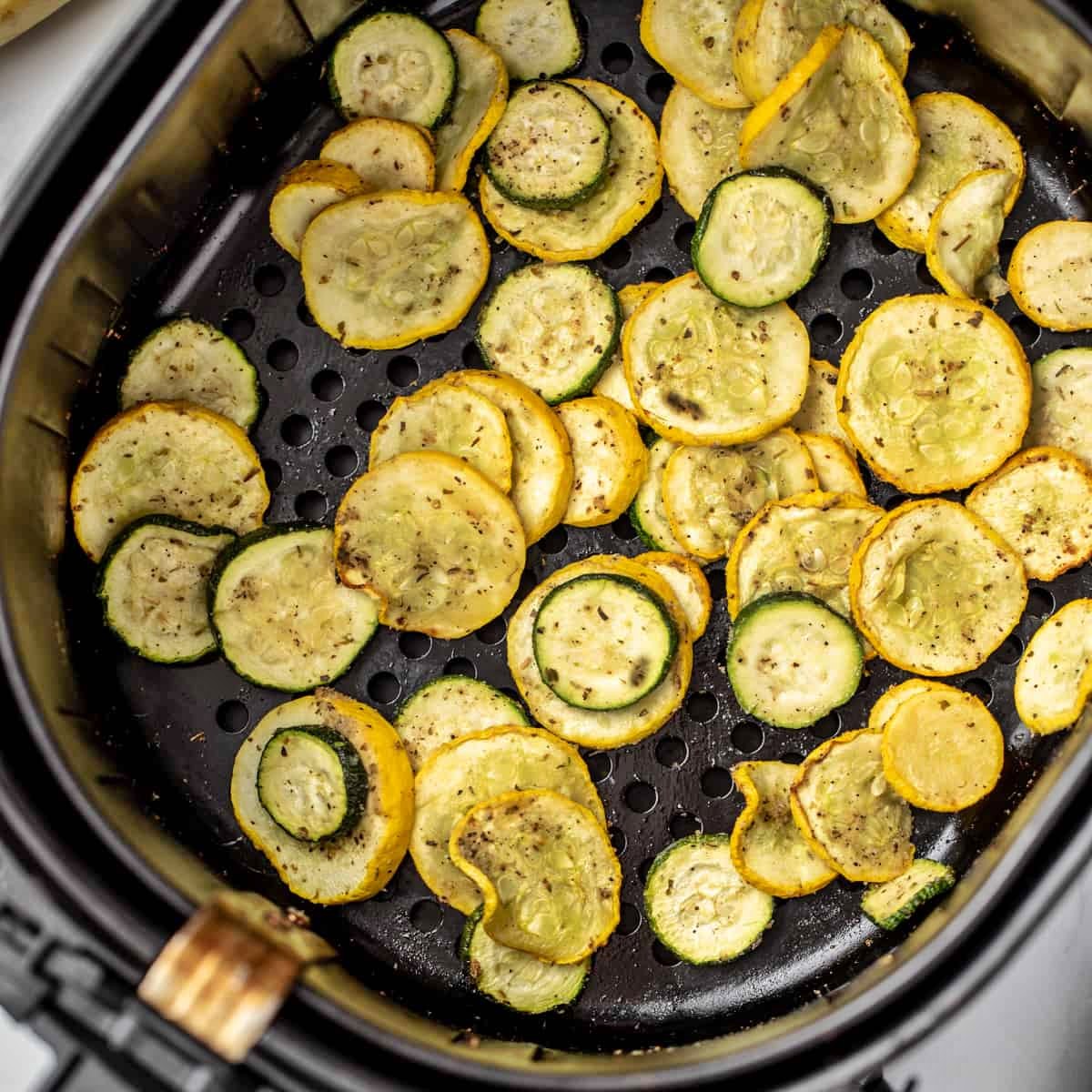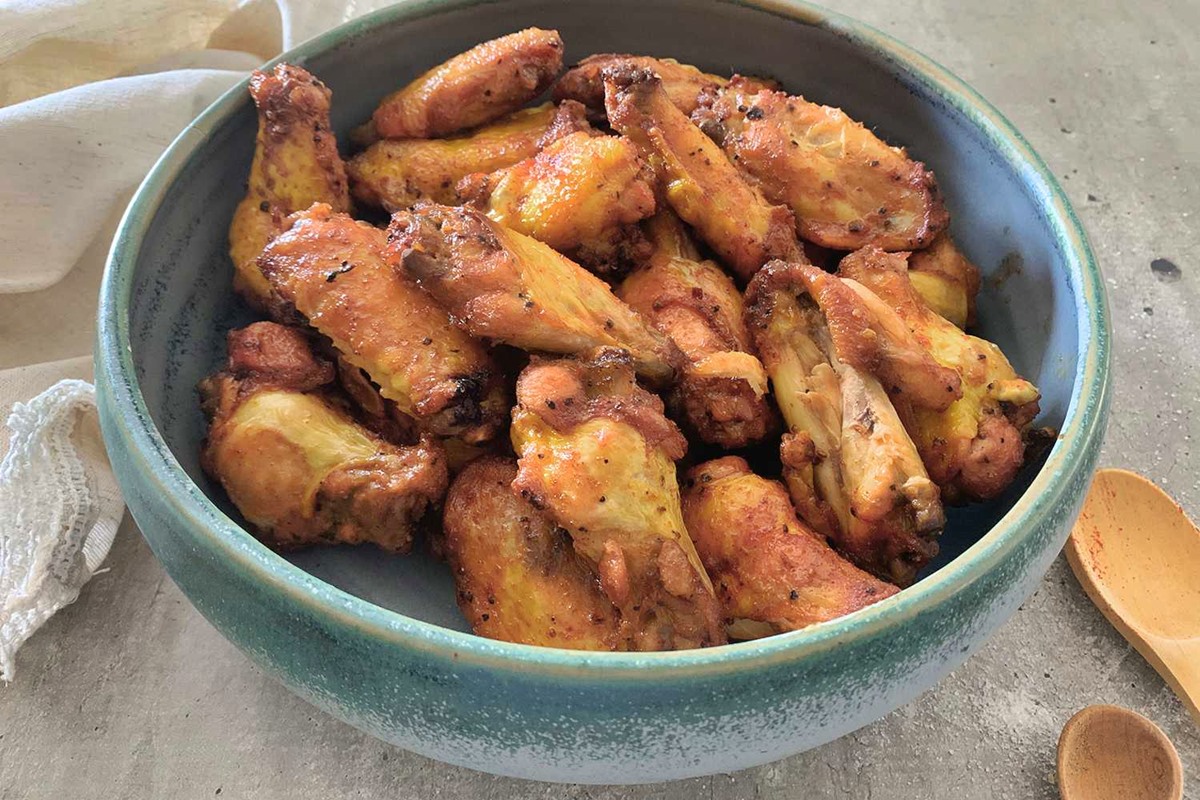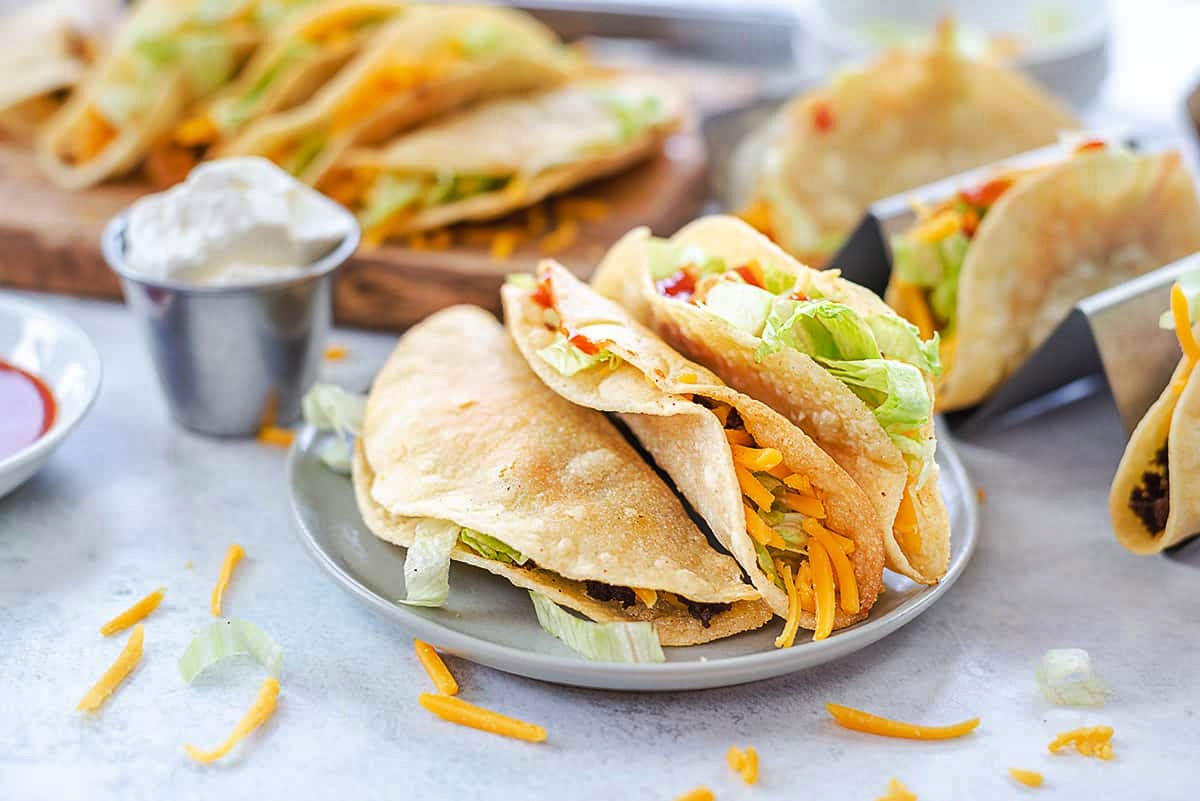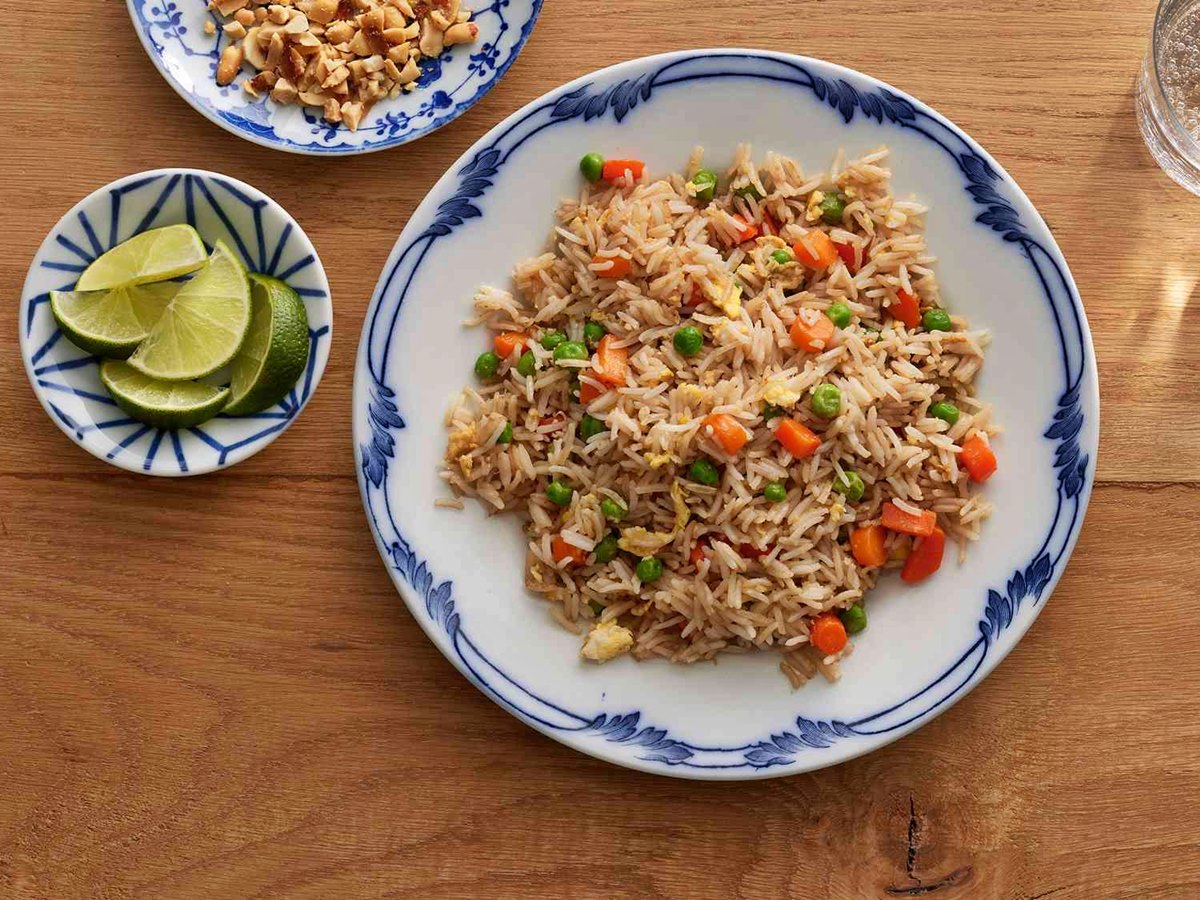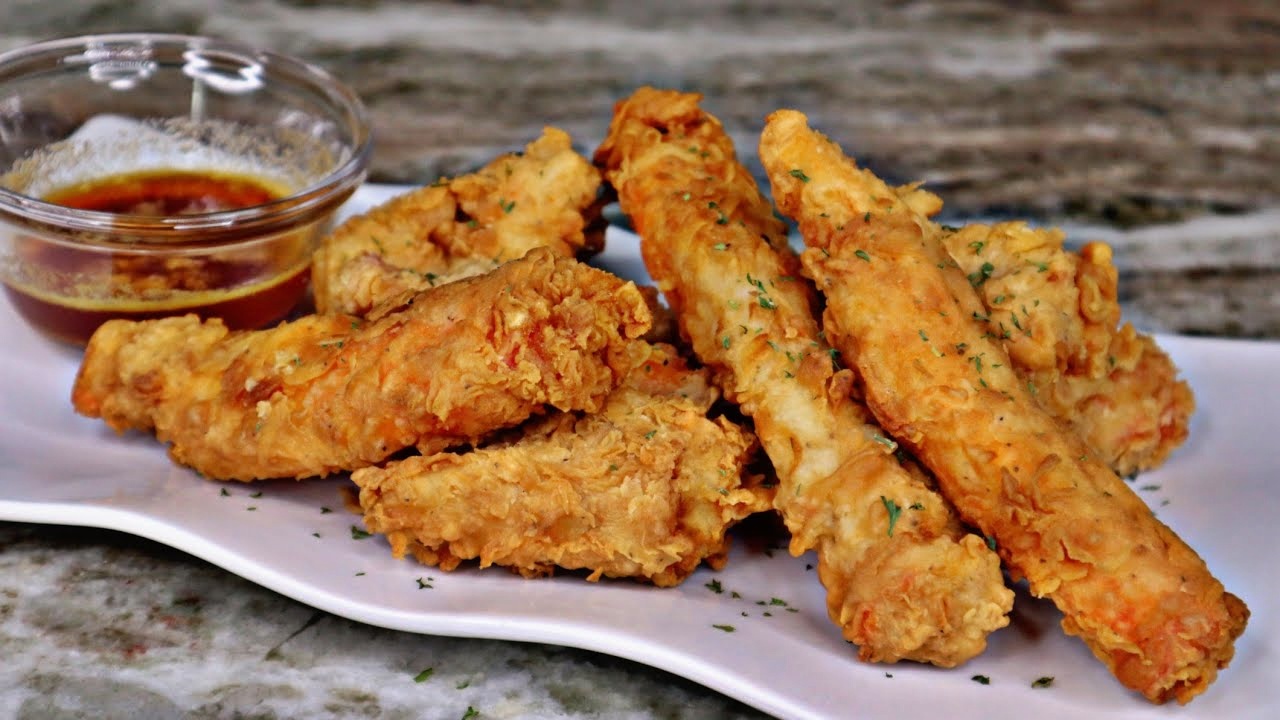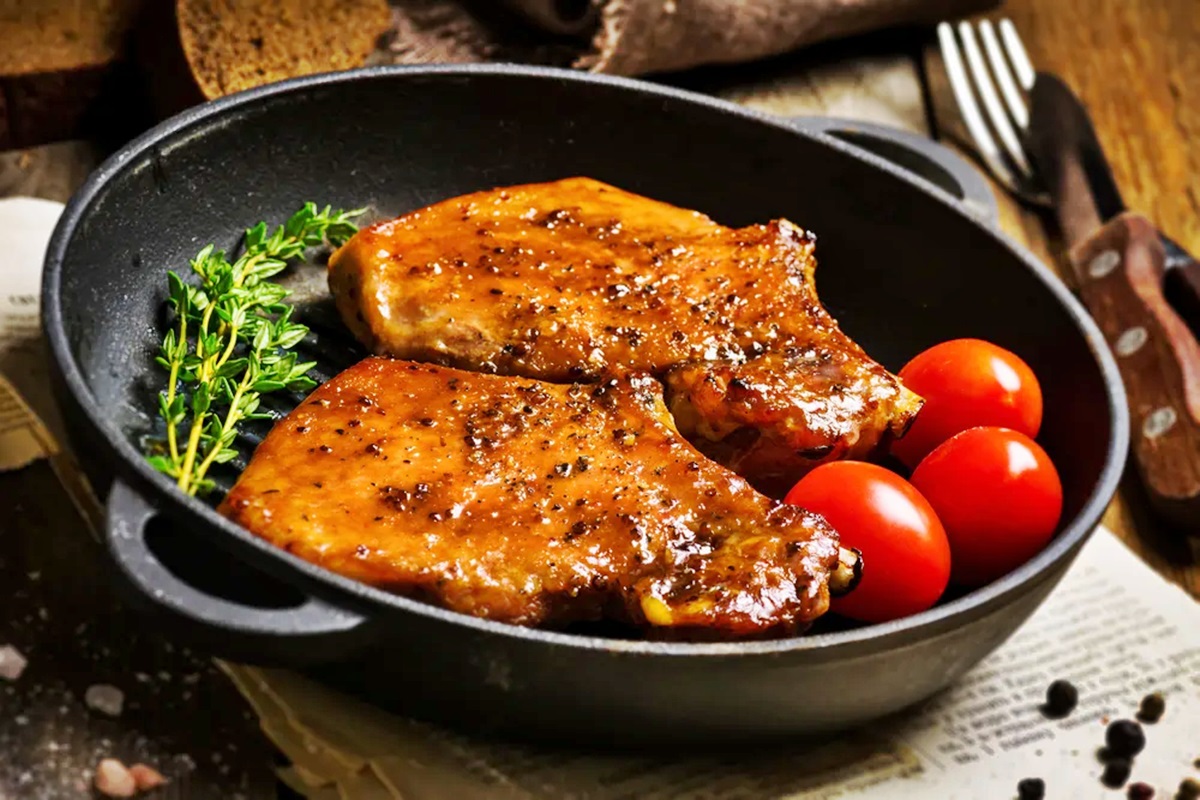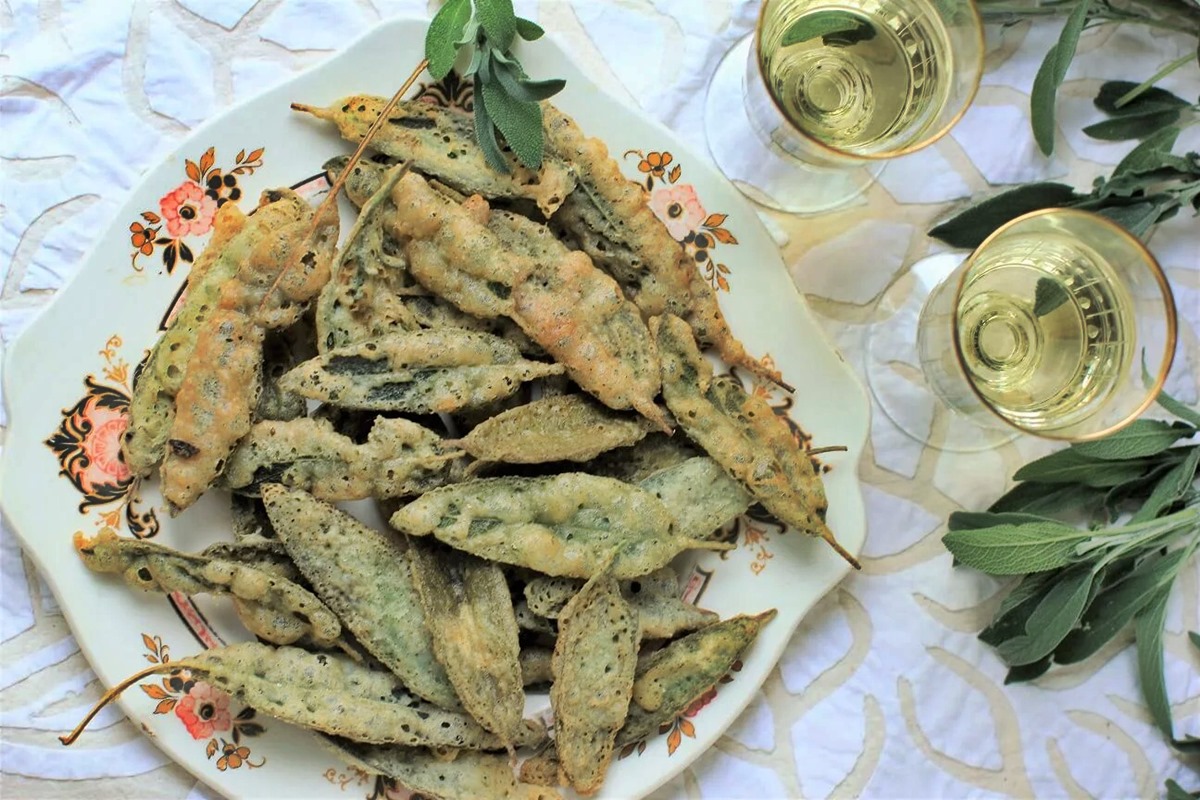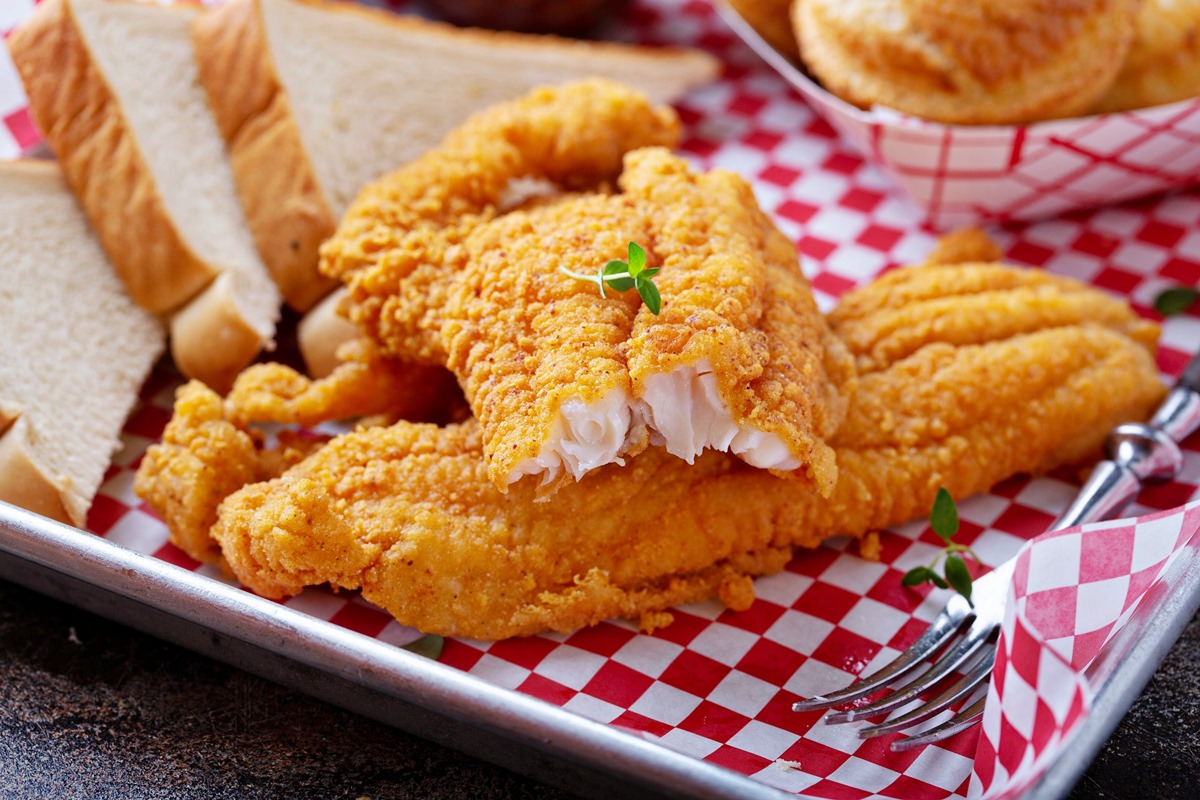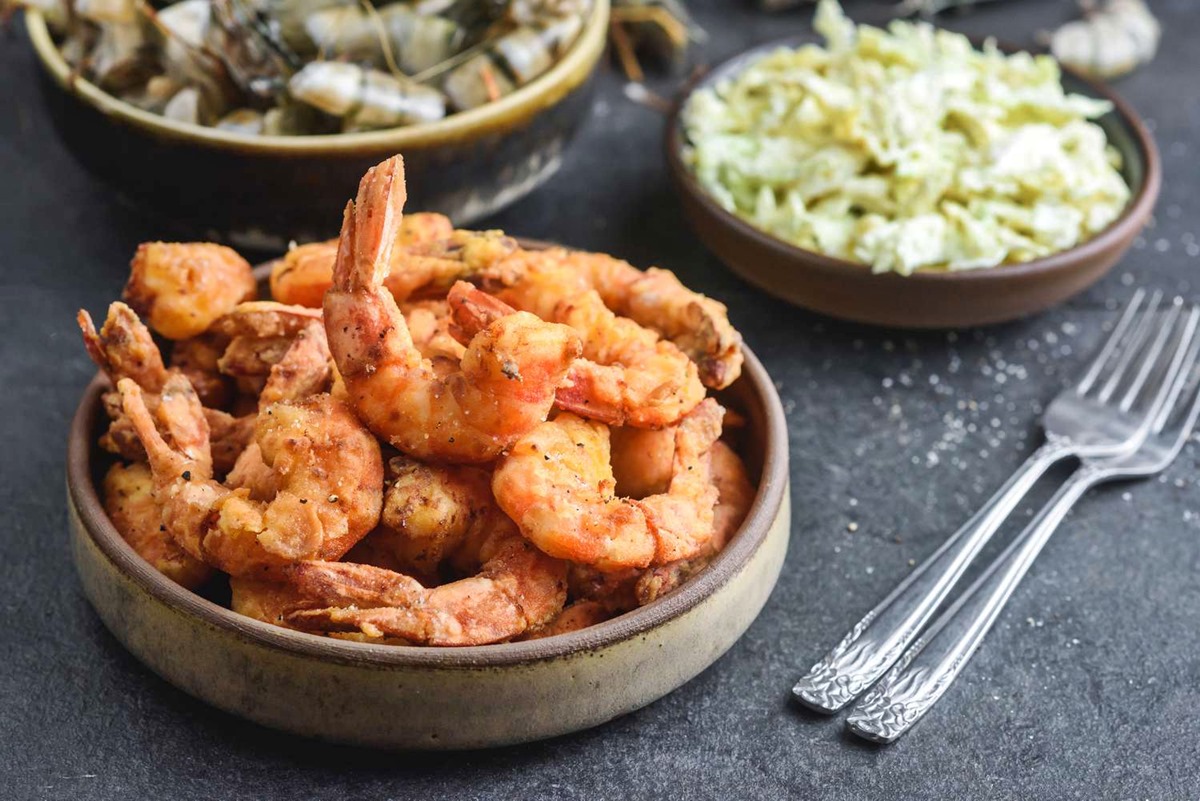How To Fry A Cornish Hen
Greetings, fellow food enthusiasts! Today, we are going to dive into the wonderful world of cooking and explore the art of frying a Cornish Hen. This delectable delicacy may seem intimidating, but fear not! With the right techniques and a little bit of culinary magic, you can create a mouthwatering masterpiece that will leave your taste buds begging for more.
Why Choose Cornish Hen?
Before we begin, you might be wondering, “Why should I choose a Cornish Hen?” Well, dear reader, let me tell you! Cornish Hens are tender, flavorful, and the perfect size for an individual serving. They are young chickens that have been bred to be small, resulting in tender and succulent meat. Frying a Cornish Hen elevates it to a whole new level of deliciousness, with a crispy skin and juicy meat that will have everyone at the table swooning with delight.
Preparing Your Cornish Hen
Now, let’s get to the heart of the matter – preparing your Cornish Hen for frying. Follow these simple steps to ensure a perfect result:
- Clean and pat dry: Start by rinsing the Cornish Hen under cold water to remove any impurities. Use paper towels to thoroughly pat it dry, ensuring a crispy skin during frying.
- Season to perfection: Season the Cornish Hen generously with your favorite herbs and spices. A classic combination includes salt, pepper, garlic powder, and paprika. Rub the seasoning all over the hen, ensuring every nook and cranny is well coated.
- Add some flavor: To enhance the flavor even further, consider marinating the Cornish Hen for a few hours or overnight. A marinade of olive oil, lemon juice, and herbs can work wonders, infusing the meat with delightful flavors.
The Perfect Frying Technique
Now that your Cornish Hen is prepped and ready, it’s time to heat up the oil and get frying! Follow these steps for a crispy and golden result:
- Choose the right oil: Opt for an oil with a high smoke point, such as vegetable oil or peanut oil. Heat the oil in a deep skillet or Dutch oven, ensuring there’s enough to submerge the hen at least halfway.
- Heat it up: Heat the oil to around 350°F (175°C). You can use a candy or deep-fry thermometer to ensure the oil reaches the perfect temperature.
- Fry to perfection: Carefully place the Cornish Hen into the hot oil, breast side down. Fry for approximately 8-10 minutes per side, or until the skin becomes crispy and golden brown. Use tongs to carefully turn the hen, ensuring even cooking on all sides.
- Drain and rest: Once fried to perfection, carefully remove the Cornish Hen from the oil and let it rest on a wire rack or paper towels to drain excess oil. Allow it to rest for a few minutes to ensure the juices redistribute and the flavors settle.
Serving Suggestions
Now that your Cornish Hen is beautifully fried, it’s time to showcase your culinary masterpiece! Here are a few serving suggestions to inspire you:
- Traditional accompaniments: Serve your fried Cornish Hen with traditional sides such as mashed potatoes, roasted vegetables, or a fresh green salad.
- Global flavors: Experiment with different flavors by pairing your Cornish Hen with international side dishes like couscous, quinoa, or stir-fried noodles.
- Dipping sauces: Elevate your meal by offering a selection of dipping sauces, such as tangy barbecue, creamy garlic aioli, or zesty honey mustard.
And there you have it! A complete guide on how to fry a Cornish Hen that will leave your family and friends in awe of your culinary skills. So, put on your chef’s hat, grab a Cornish Hen, and let the frying adventure begin. Happy cooking!
Was this page helpful?
Read Next: How To Fry Collard Greens
